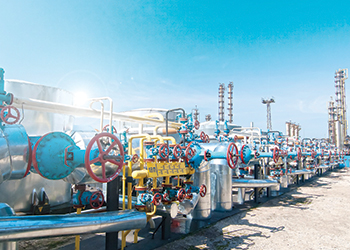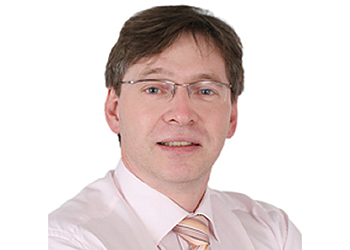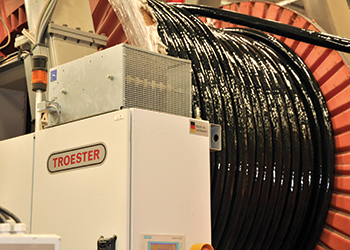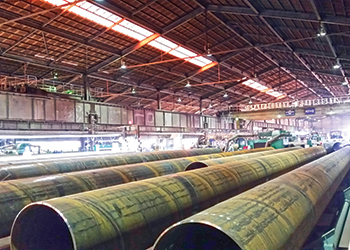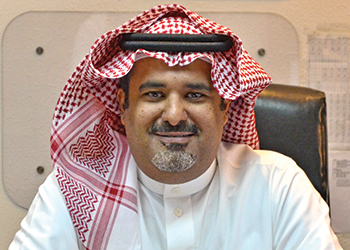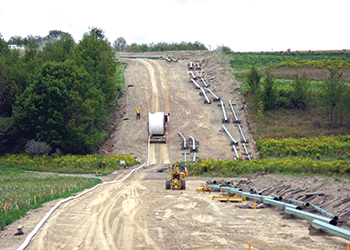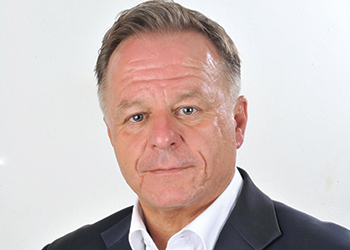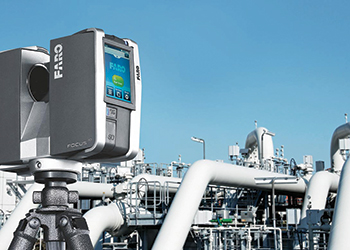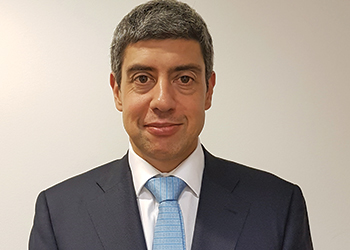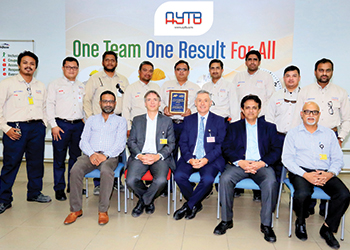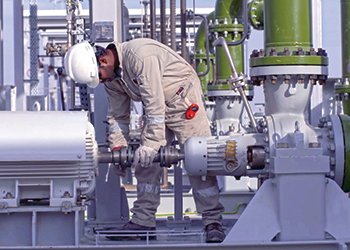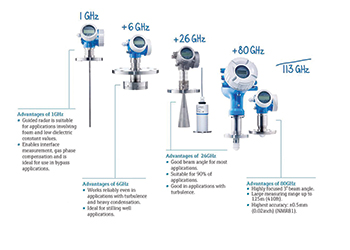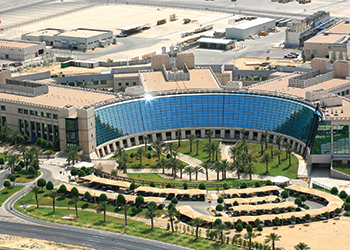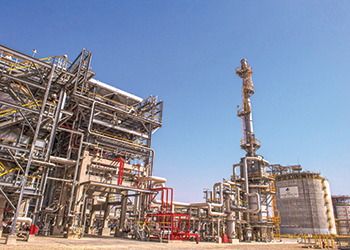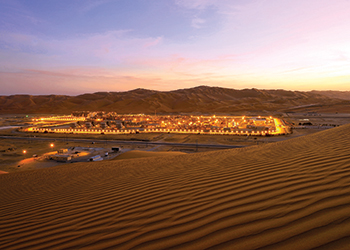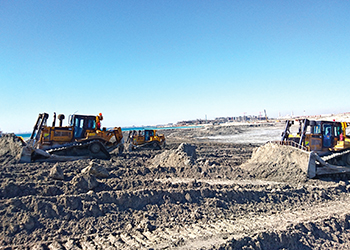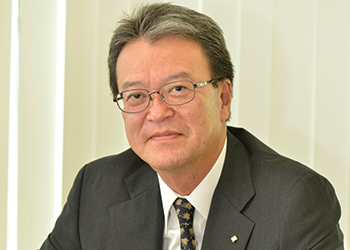
 Saudi Aramco is focusing on developing offshore fields
Saudi Aramco is focusing on developing offshore fields
For Saudi Aramco, the most notable feature of Saudi Arabia’s transformation will be the future offering of part of the company’s shares in the local and international stock markets, which will drive further diversification and growth of the economy
Saudi Aramco, the world’s largest oil exporter, plans to invest $300 billion over the next 10 years with the goal of maintaining Saudi Arabia’s official oil production capacity at around 12 million barrels per day (mbpd), even as the oil major gets ready to float a small portion of its shares on the international market.
More than half the investment will be on offshore fields, industry sources say. Another focus of the long-term investment programme is boosting supplies of natural gas for domestic use.
Aramco president and CEO Amin Nasser had said in a speech in Istanbul the company plans to spend more than $300 billion over the next 10 years to maintain its oil capacity and explore for more gas.
Industry sources say Saudi Arabia’s offshore fields will receive significant attention in this programme. Aramco’s offshore growth plan calls for expansions at the Zuluf, Marjan and Berri fields. As previously reported, the programme is aimed at offsetting anticipated declines at other Saudi fields estimated at over 1 mbpd – not expanding overall Saudi capacity.
Zuluf’s expansion is expected to add 600,000 bpd, Marjan’s 300,000 bpd and Berri’s around 250,000 bpd, all between 2022-23. Sources involved in these projects say until now roughly $14 billion had been allocated to the Marjan expansion and around $12 billion to Zuluf. Aramco has opened a tender to boost security at its offshore facilities following an attempted attack by Iranian-backed Yemeni Houthis, according to official Saudi state news agency reports.
Production capacity plans in Saudi Arabia are monitored closely in oil markets. Nasser has called the outlook for oil supplies 'increasingly worrying' and Saudi Arabia and Opec have warned of a supply shortage in the coming years due to weak global investment in new projects since the 2014 oil price collapse. These concerns are driving Aramco’s strong investment plans, even as Western oil majors like ExxonMobil, Royal Dutch Shell, Total and BP keep capital expenditures constrained due to price uncertainty.
On the gas side, Aramco plans to double its production capacity to 23 billion cubic feet per day (bcfd) over the coming decade, according to Nasser.
Sources close to Aramco say that the priority for now is to increase supply from fields inside the kingdom, while the option of importing gas or entering projects in the Mideast-North Africa region remains open.
In 2016, Aramco managed to boost its overall gas production sales to a record 8.28 bcfd from 7.97 bcfd a year earlier. The firm’s giant Wasit gas plant, located north of the Jubail industrial city in the hydrocarbon-rich Eastern Province, reached full production capacity of 2.5 bcfd in 2016 after years of delay.
To meet rising electricity demand, Saudi Arabia must burn valuable crude in its power plants – especially during the hot summer months – adding impetus to plans to add more gas.
Aramco’s investment plans are being watched more than ever as investors await the initial public offering (IPO) of the world’s largest oil company, scheduled for 2018.
Sources close to Aramco say that a vigilant and detailed international auditing process is now taking place and for the first time in the firm’s history its financial statements will be revealed to investors, although the timing still remains unclear.
Aramco has made no secret of its intention to expand downstream, but its latest report to the market underlined the top priority the segment has in the company’s global master plan.
 |
|
Falih ... Aramco’s priority is growing in new directions |
Saudi Aramco’s annual report shows its crude oil reserves (still around 260 billion barrels) remain unchanged and has insight about its plans to expand downstream, especially in chemicals. The company stepped up its game massively with commercial start-up of its $20 billion Sadara joint venture with Dow Chemical, the largest single-build chemicals plant in the world.
Aramco chairman, Khalid Al Falih, who is also Saudi Arabia’s oil minister, writes: For Saudi Aramco, the most notable feature of the kingdom’s transformation will be the future offering of part of the company’s shares in local and international stock markets.'
There was no further mention of that initial public offering (IPO) of 5 per cent of the company, which has been the subject of intense international focus from bankers, investors, regulators and others.
Falih also says that Aramco’s priority is growing in new directions, including a stronger downstream portfolio with international refining, chemicals, and marketing opportunities.'
This was emphasised by the chief executive, Amin Nasser: 'More recently, our vision has been to become the world’s leading integrated energy and chemicals company.'
Though Aramco has been expanding downstream already, particularly within Saudi Arabia, it still is well short of its stated goal to be close to balance in upstream production and downstream refining capacity. Last year, it produced crude at a record 10.5 mbpd, while its refining capacity, including shares in joint ventures, was just over 3 mbpd.
This latter figure has already increased in 2017 via overseas ventures, following the company’s buyout of Royal Dutch Shell’s 50 per cent of the Motiva refinery in Port Arthur, Texas, adding another half million bpd. Aramco also says it has hung onto the rights to use the Shell brand to sell its output in the region following the deal.
Aramco’s other major overseas downstream holding is in South Korea, where its nearly two-thirds share of S-Oil gives it capacity of nearly half a million bpd. The company says it has two projects under way in the country to create a more diverse product range, which include new facilities to produce polypropylene and propylene oxide, and to recover more ethylene. Indeed, much of Aramco’s focus both overseas and domestically involves moving further downstream to petrochemicals.
The company says it has realised that worldwide, the chemicals industry is a $4 trillion business, but the Gulf Cooperation Council’s (GCC) share of the global market for speciality chemicals, for example, is less than 2 per cent. We therefore see significant opportunities to grow our downstream products portfolio.'
Aramco says that nearly a quarter of the output of the planned 400,000 bpd Jazan refinery on Saudi’s southwest coast will be aromatics – petrochemicals that are used to make products including detergents. The company also notes that it is near to completing its delayed $9 billion expansion of its PetroRabigh refinery (a publicly-listed company, in which Aramco and Sumitomo of Japan each own 37.5 per cent), which will add ethylene – a precursor for many plastics products – and aromatics capacity.
 |
|
Nasser ... delivering superior performance and growth |
There are also plans for an adjacent PetroRabigh PlusTech Park, which Aramco says it hopes will attract $1 billion of private sector investment from conversion industries,' to make various plastics and other products from the refinery’s output, creating more than 2,000 jobs.' To help the project along, Aramco has pledged to pay half the development costs. Likewise, its PlasChem Value Park adjacent to Sadara is expected to create another 1,500 jobs.
Crude oil production still dominates Aramco’s operations and its revenues. But as with other integrated oil majors, Aramco is positioning itself for a future where demand for transport fuels is lagging, but where demand for petrochemicals products is expected to continue to grow healthily.
This past year, Saudi Aramco leveraged its capabilities, talent, innovation, and fiscal discipline to ensure resilience and realise landmark achievements, including record high rates of crude oil production, raw gas processing, and sales gas production, along with stronger integration within the entire petroleum value chain.
All of this was achieved against the backdrop of persistently low oil prices and a weak global economy, Falih says.
To help ensure reliable supplies of petroleum energy to meet future demand, Saudi Aramco completed its second expansion of the Shaybah crude oil facility and commissioned the giant Wasit Gas Plant, boosting its overall crude oil production and gas processing capabilities. Sadara, the world’s largest petrochemical complex ever built at one time, commenced commissioning activities as well.
These mega-projects, and others currently under construction, will help meet growing domestic demand for energy, substantially increase production of gas as an efficient, cleaner energy for utilities and industry, and supply feedstocks to the manufacturing base, Falih says.
'More recently, our vision has been to become the world’s leading integrated energy and chemicals company, reinforcing our focus on the long-term. While our strategic direction remains unchanged, some major developments are worth highlighting for their impact on our business in 2016,' Nasser says.
The oil market remained challenging, causing project deferments or cancellations across the industry. Aramco responded to this challenge by intensifying its focus on excellence and on lowering costs.
The National Transformation Program, designed to build the institutional capacity and capabilities needed to achieve the ambitious goals of Saudi Arabia’s Vision 2030, reaffirms Saudi Aramco’s role as an important driver of the kingdom’s growth.
'We have made encouraging progress with our In Kingdom Total Value Add (IKTVA) localisation programme, with its emphasis on developing reliable local supply, exports, and job creation. The value of our direct material procurement from local manufacturers increased by $800 million to reach $2.9 billion in 2016, representing 43.5 per cent of our material procurement spending,' he adds.


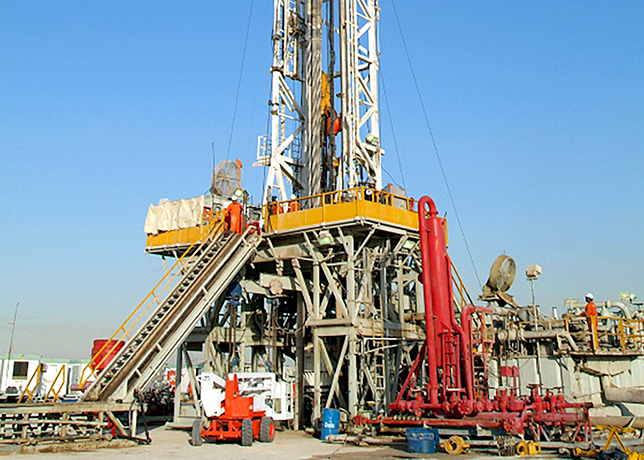
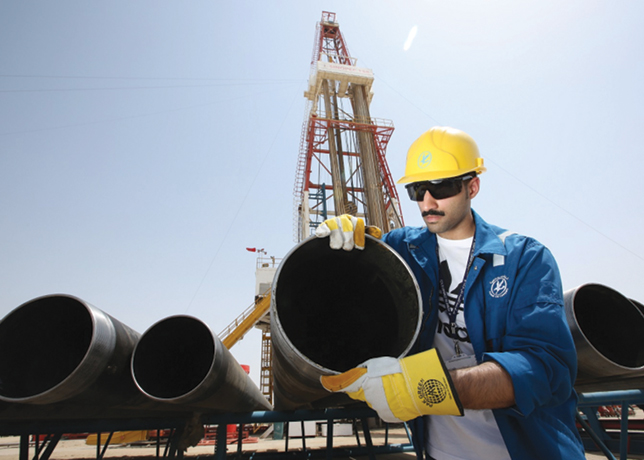
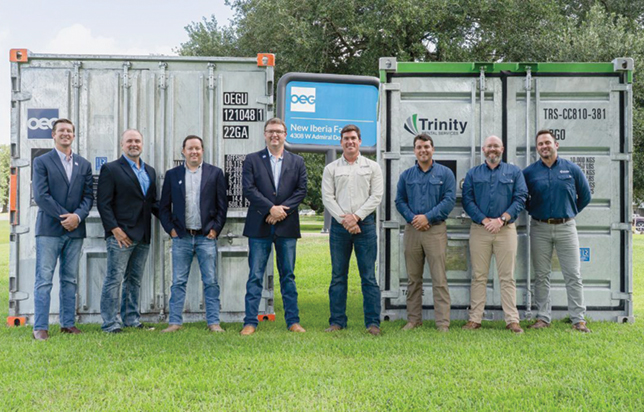
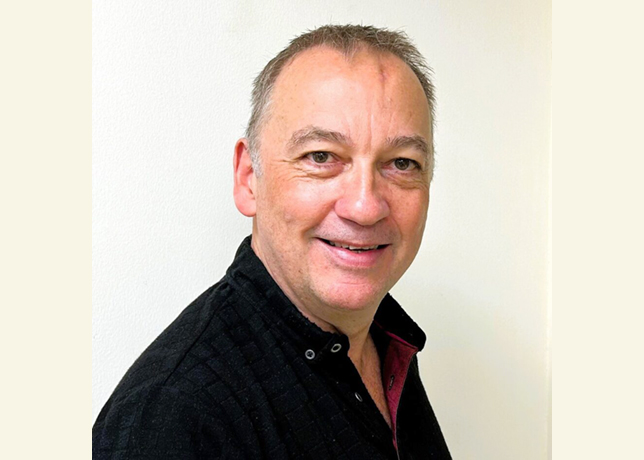
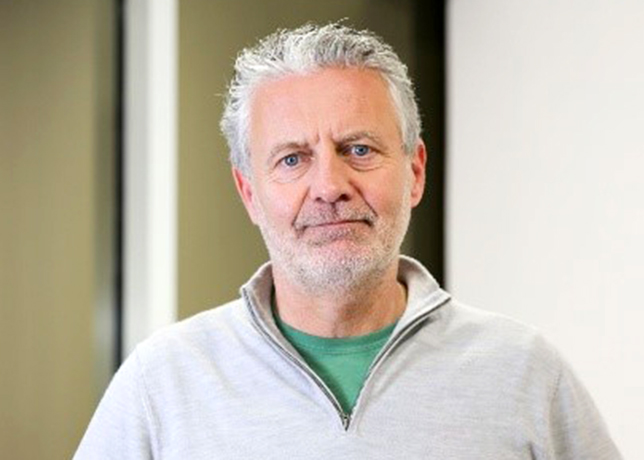

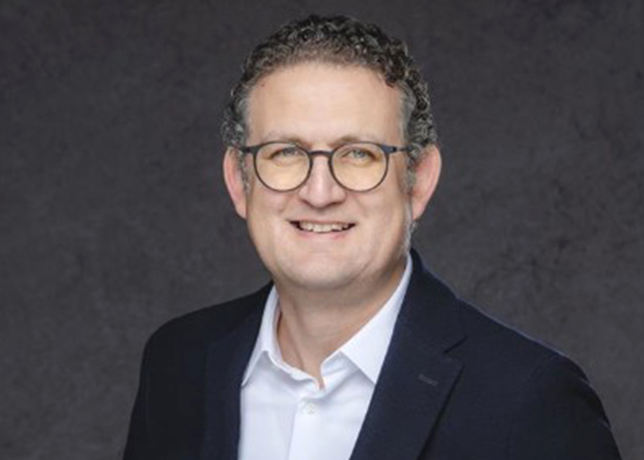

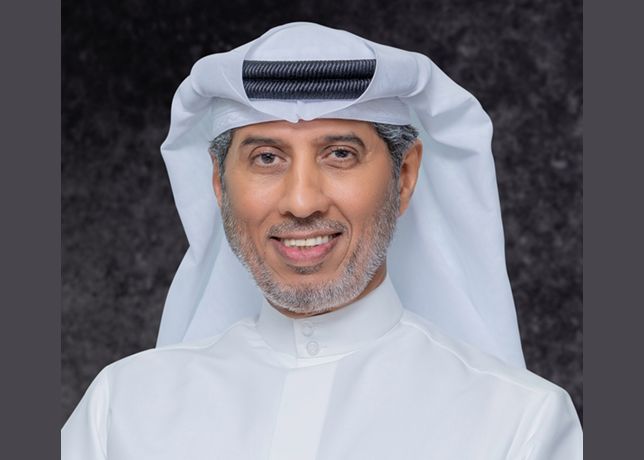


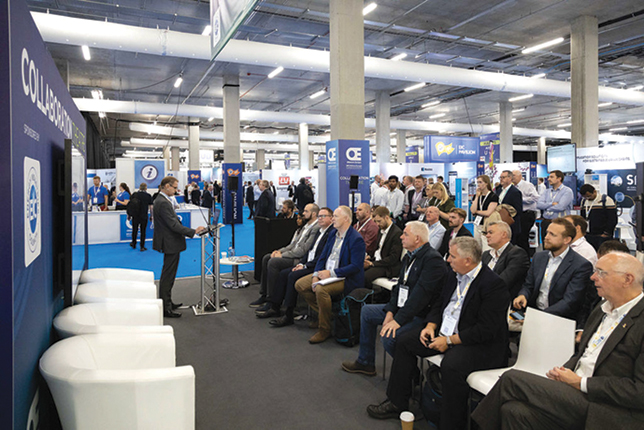
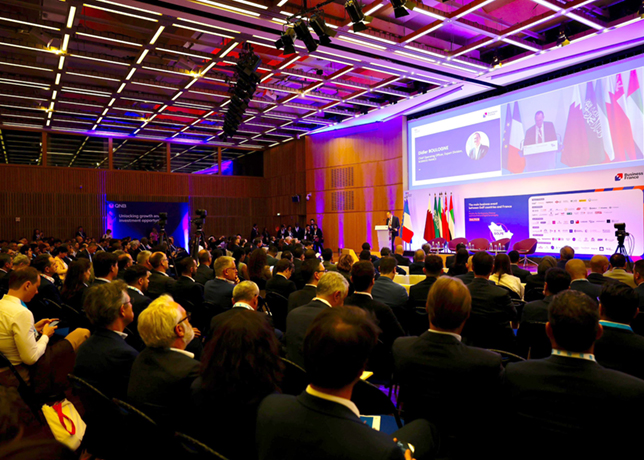
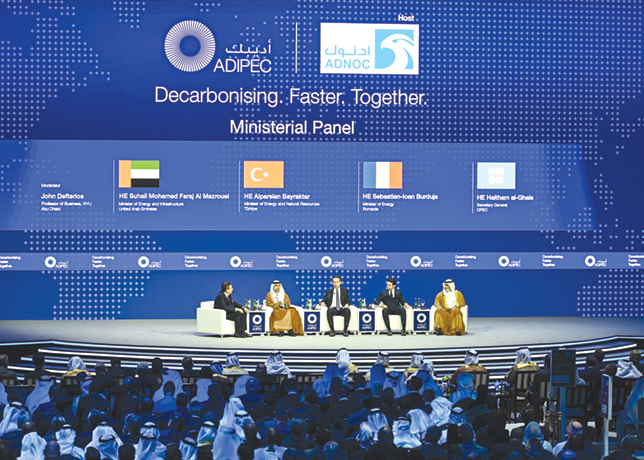

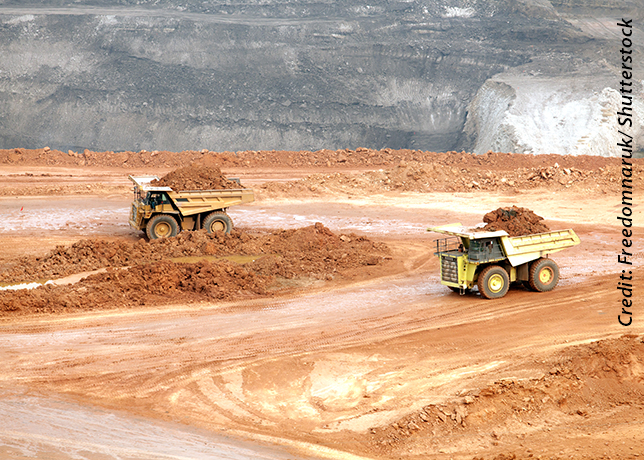
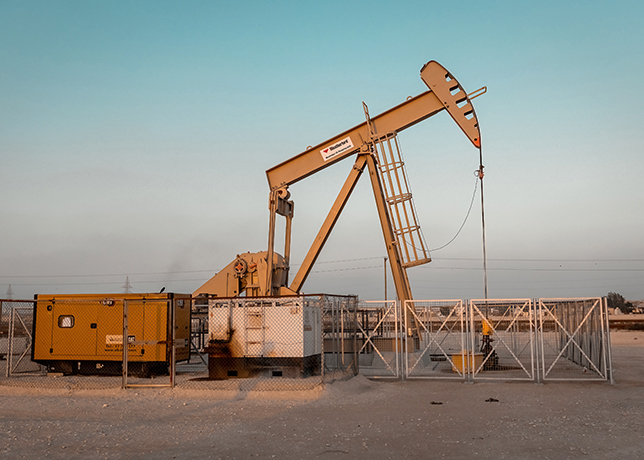
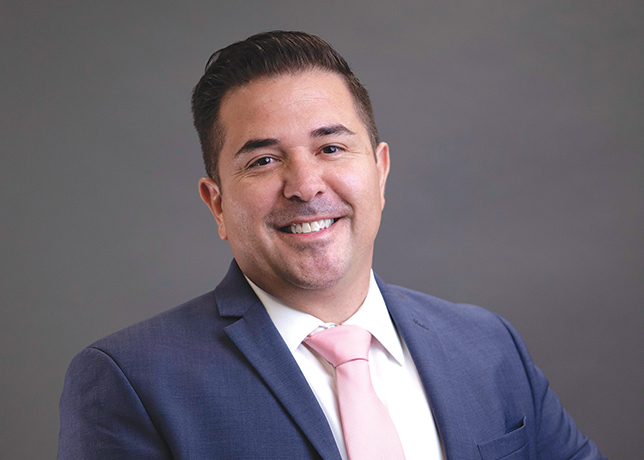
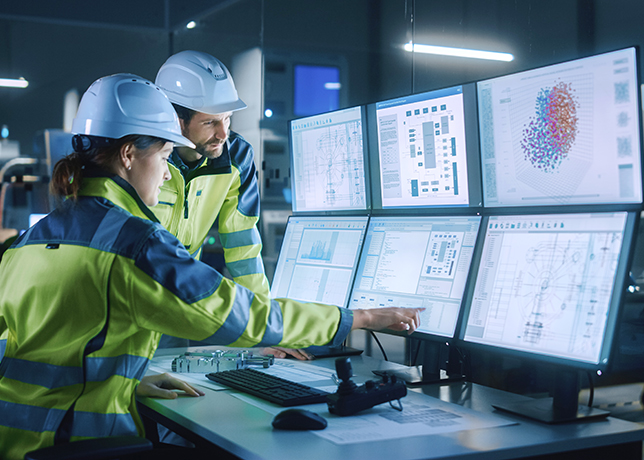
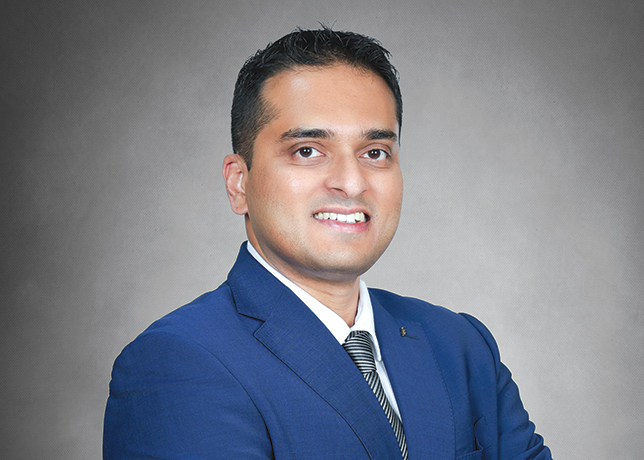
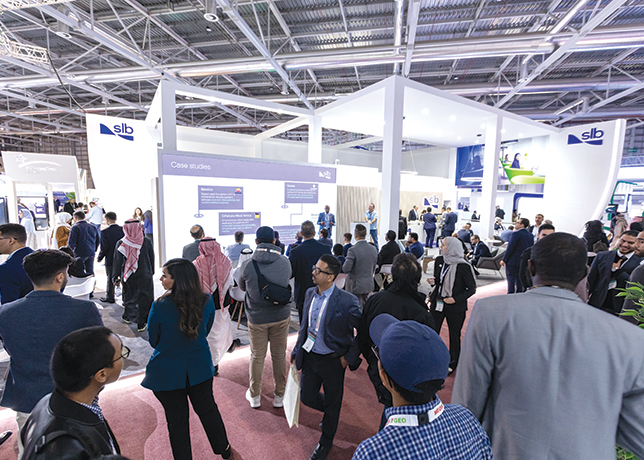
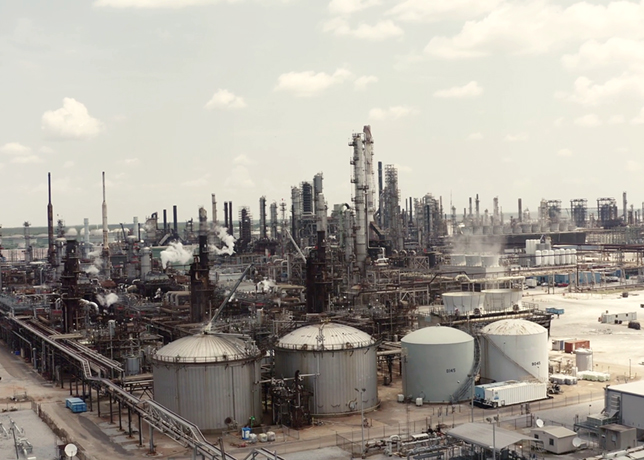
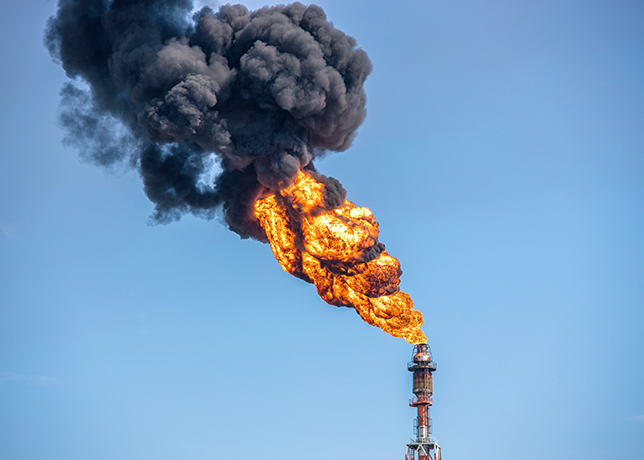
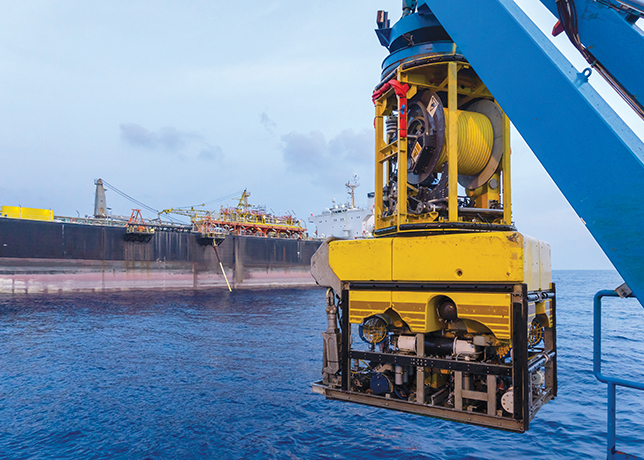
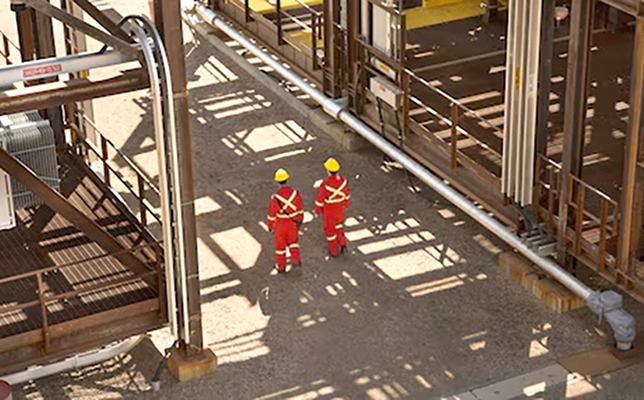
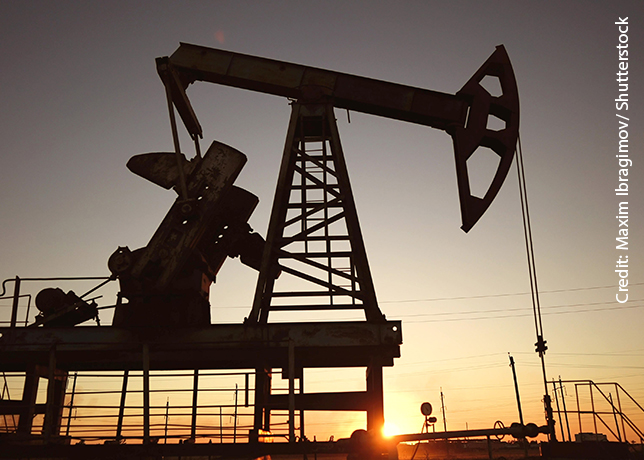
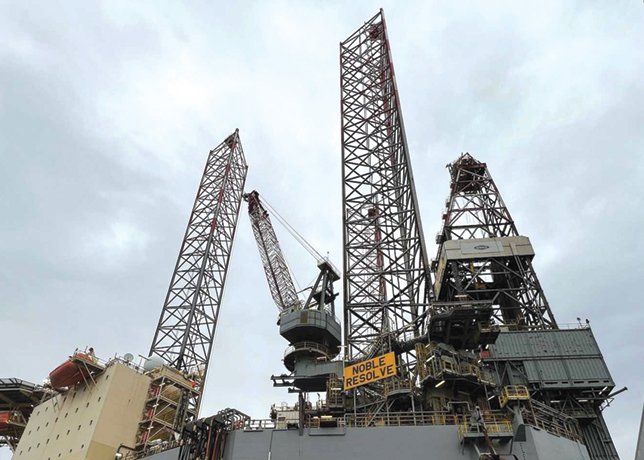
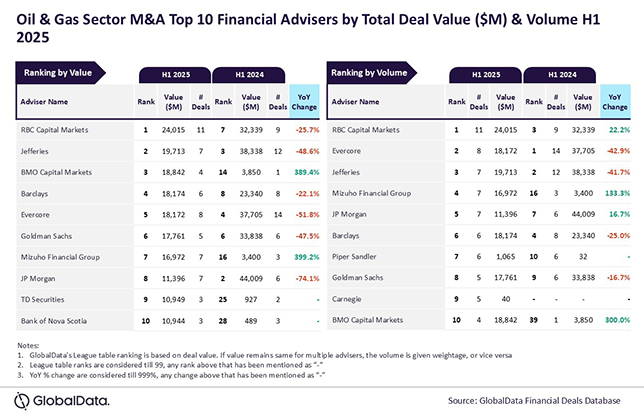
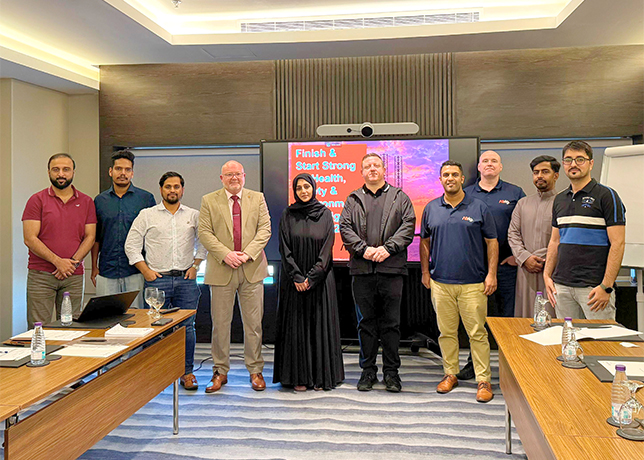
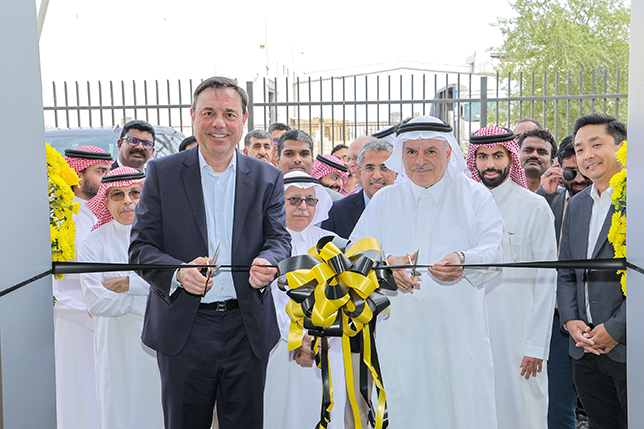
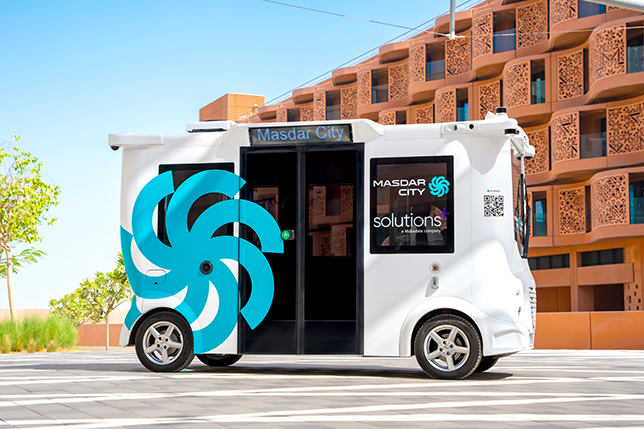
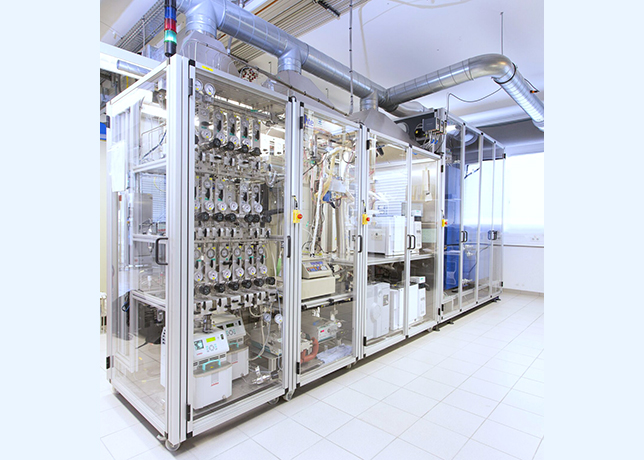
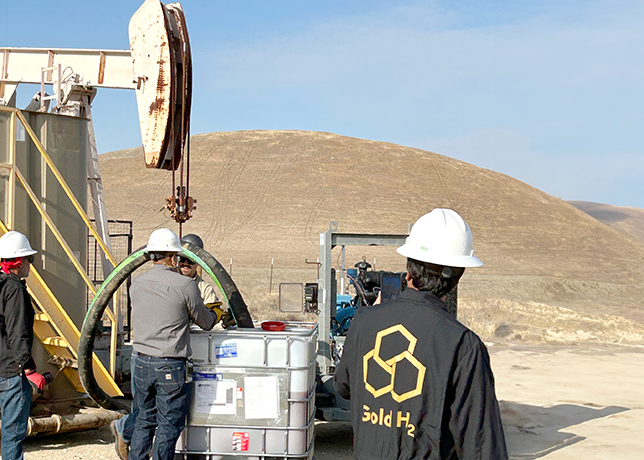
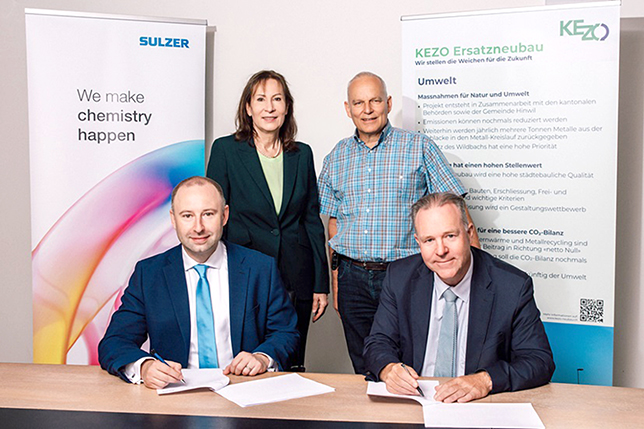
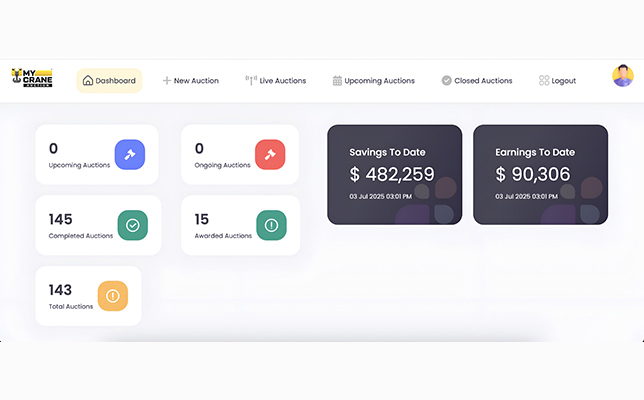
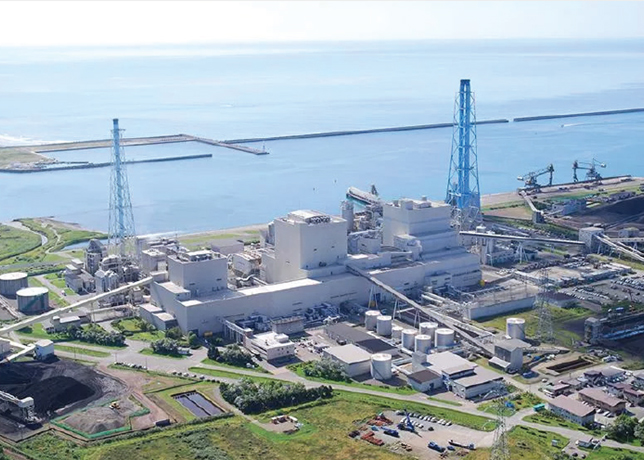
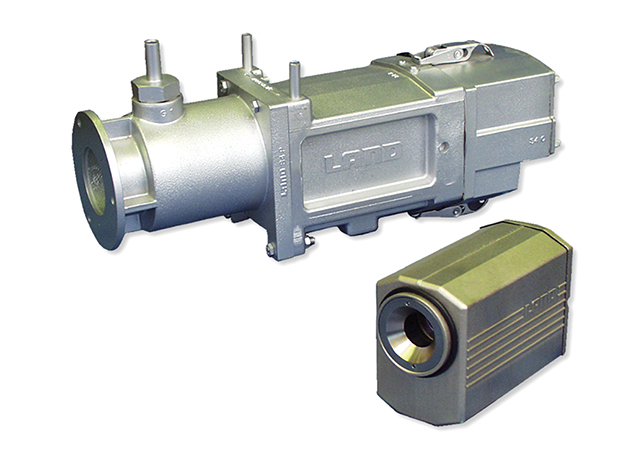

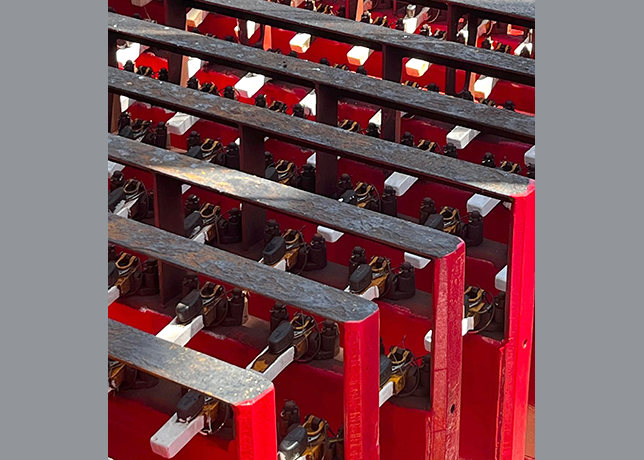
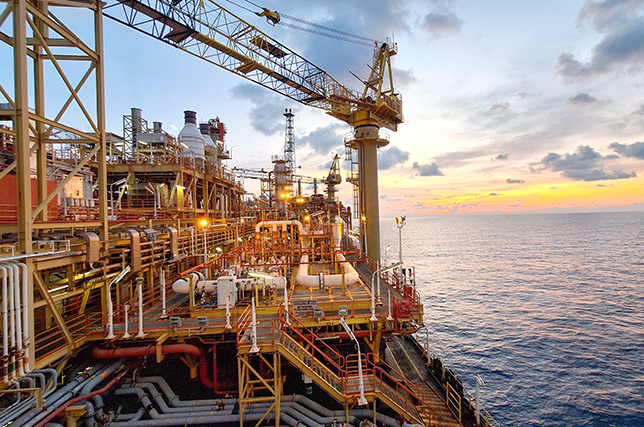
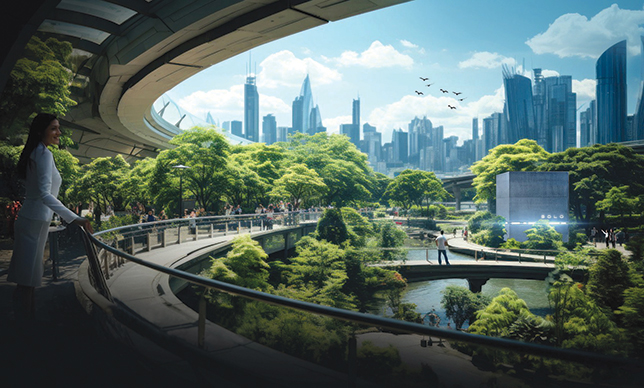
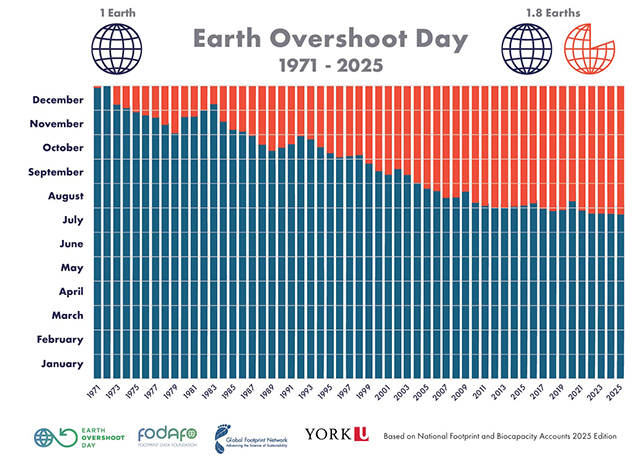
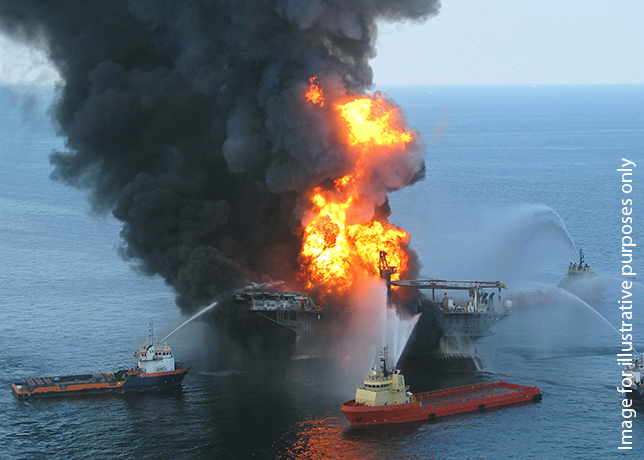
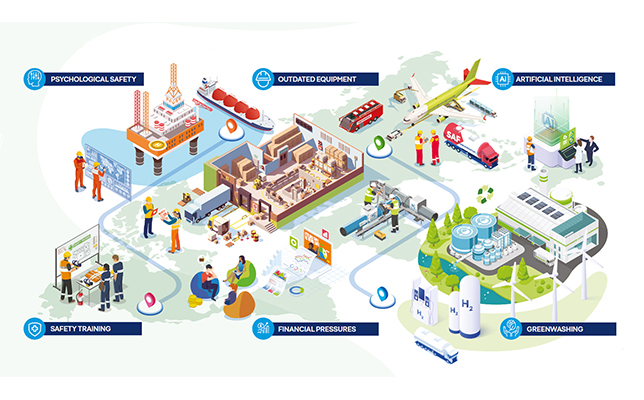
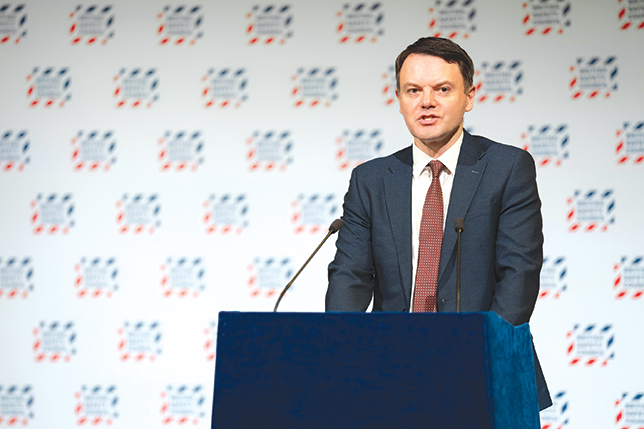
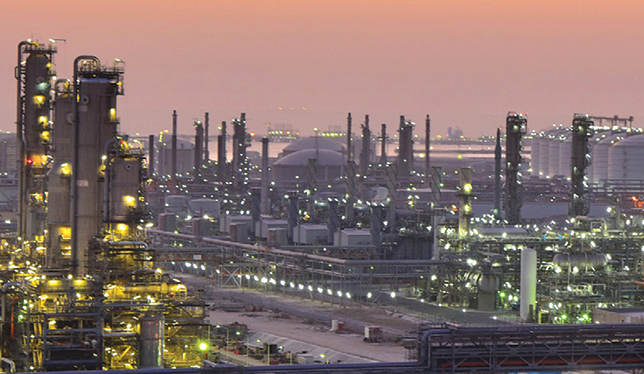
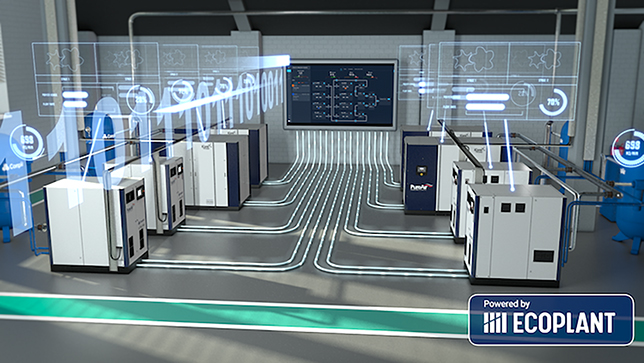
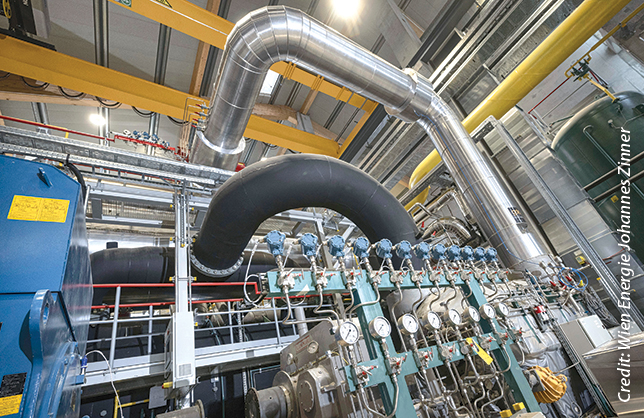






















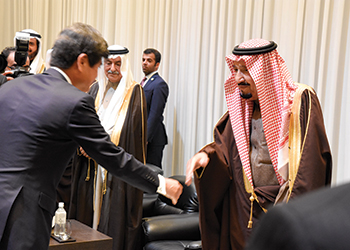
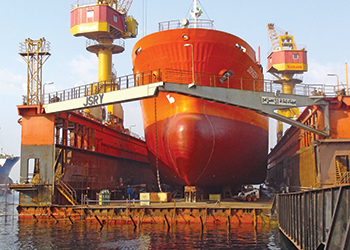
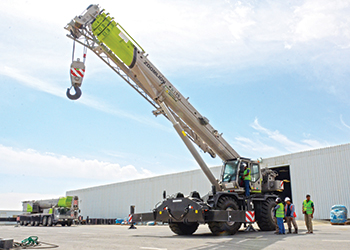
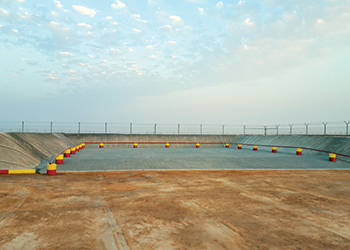
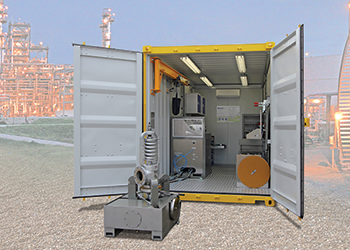
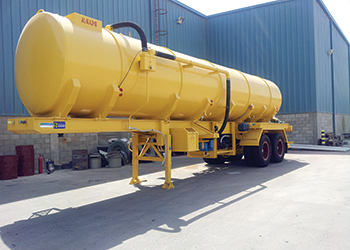
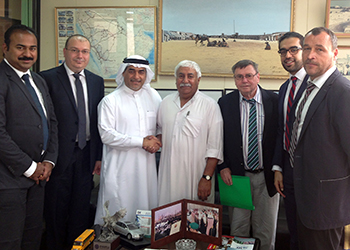
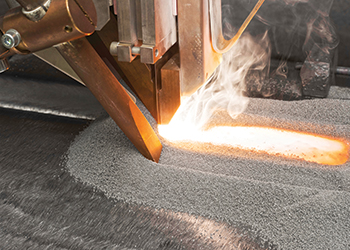
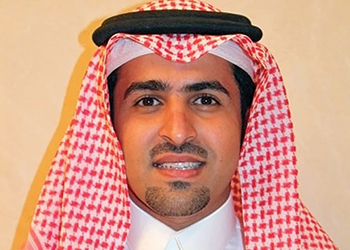
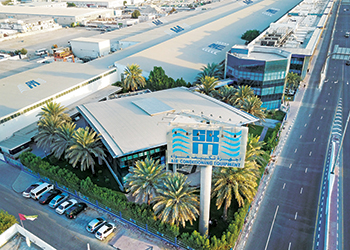
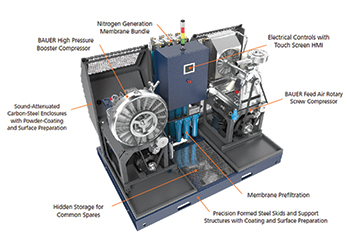

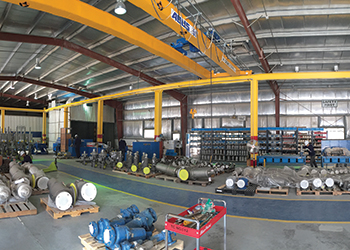
.jpg)
